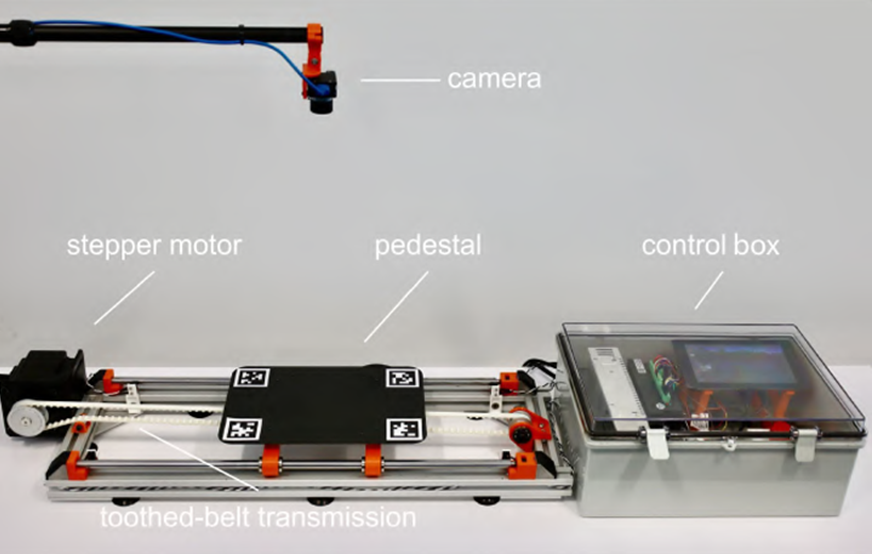Shake tables provide a critical tool for simulating earthquake events and testing the response of structures to seismic forces. Simulated earthquake conditions can help civil engineers identify potential weaknesses in the design and suggest ways to improve a structure’s resilience. In a controlled laboratory setting, shake tables can also be used to study the behavior of fragile geological features, which aids seismologists in finding upper-bound constraints on ground motions. By simulating earthquakes in a classroom, students can better understand the forces involved and the factors that influence the behavior of structures. Another important application of shake tables is to examine the dynamics of precariously balanced rocks (PBRs). Difficulties can arise when using existing shake tables to repeat overturning experiments with PBRs. There is a need for a low-cost shake table design that can be used to study earthquakes, e.g., overturning dynamics of PBRs.
Researchers at Arizona State University and the University of Nebraska-Lincoln have developed a low-cost shake table. This table adapts affordable and high-accuracy components (e.g., off-the-shelf components or 3D printed), particularly a closed-loop stepper motor for actuation and a toothed belt for transmission. The table is equipped with an accelerometer and a high frame-rate camera for bed motion estimation. Working prototype shown below:

Related publication: Shakebot: A Low-cost, Open-source Robotic Shake Table for Earthquake Research and Education
Potential Applications:
- Earthquake research and education (e.g., for industry, academia, and/or federal settings)
Benefits and Advantages:
- Accessible to a wide range of users (e.g., students, educators, and researchers)
- Prototype shake table includes a stepper motor enabling the bed to reach a horizontal acceleration of 11.8 m/s2, a velocity of 0.5 m/s, a displacement of 0.45 m with a 2 kg payload specimen